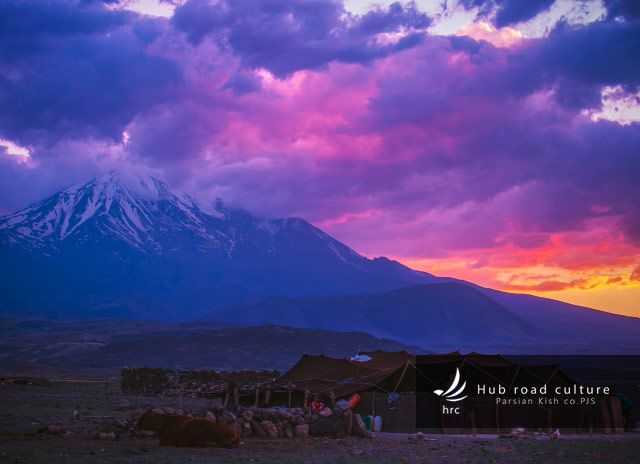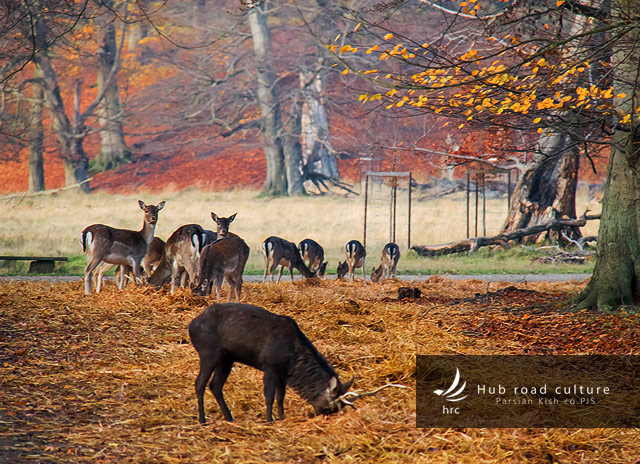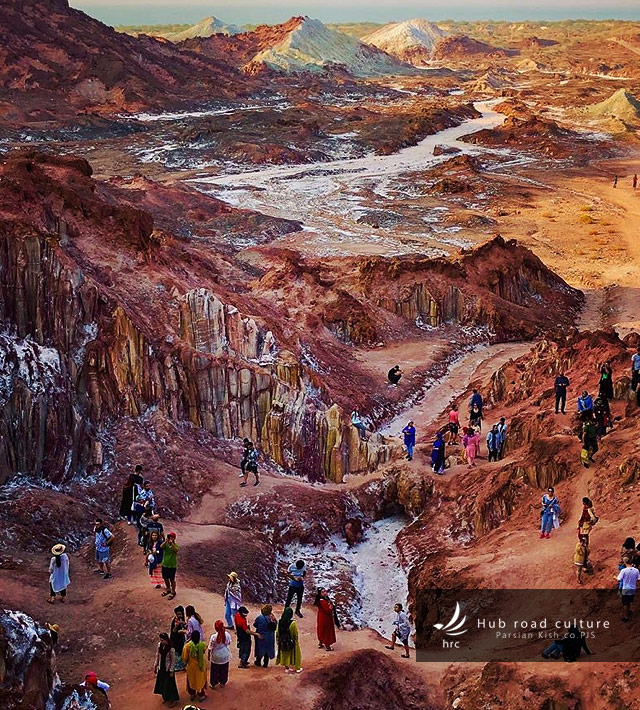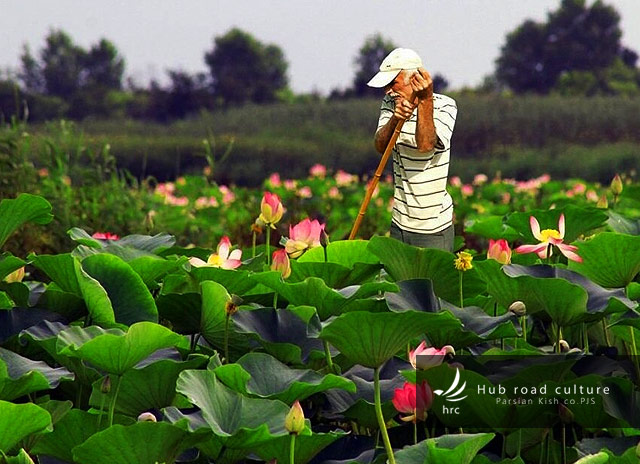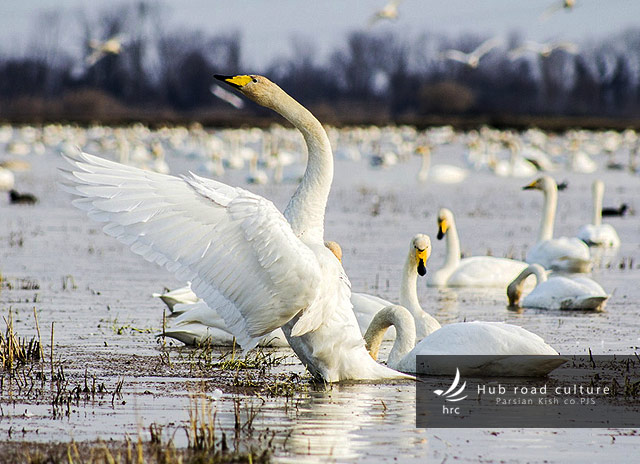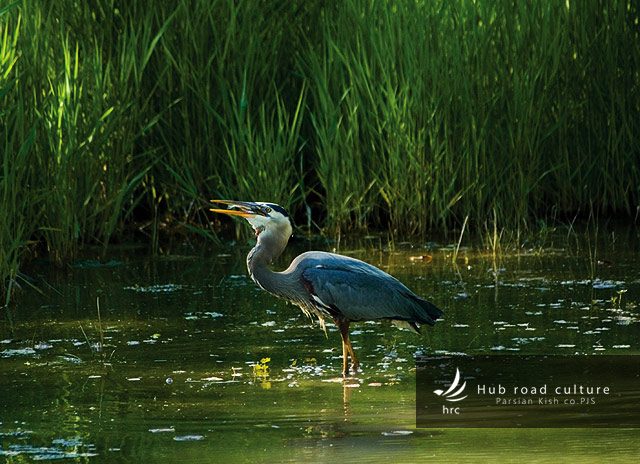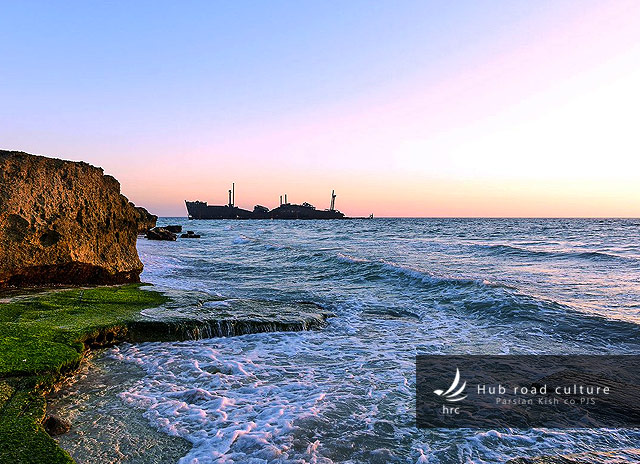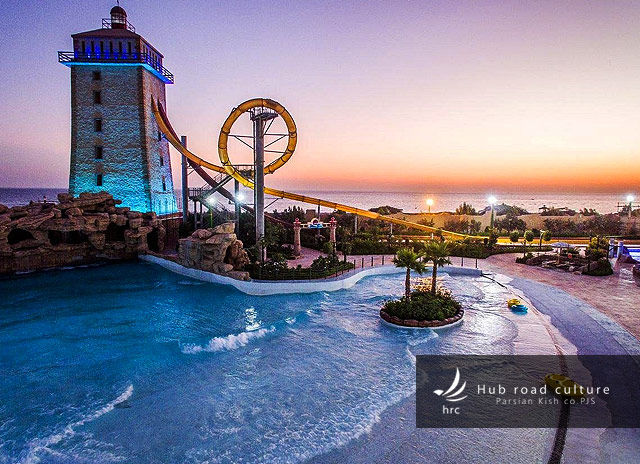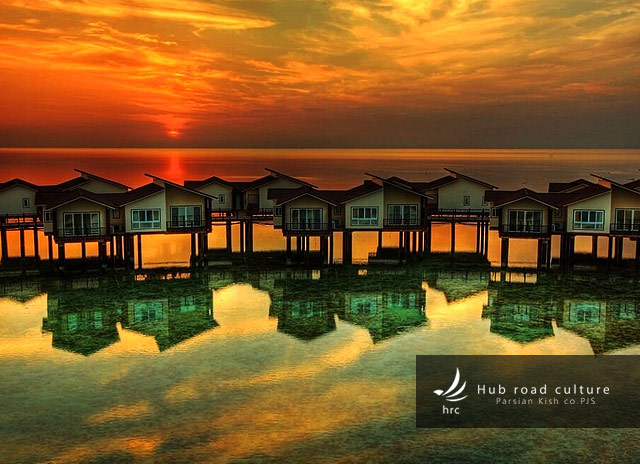Golestan National Park: Located in northeastern Iran, this national park is home to diverse ecosystems and wildlife, including brown bears, leopards, and wolves.
Golestan National Park is a protected area located in northeastern Iran, in the Golestan Province. The park covers an area of approximately 91,890 hectares (227,000 acres) and is known for its diverse flora and fauna, including over 1,350 plant species, 302 bird species, and 80 mammal species.
The park is home to a variety of ecosystems, including forests, grasslands, wetlands, and mountains. It is also home to several endangered species, such as the Persian leopard, Asiatic cheetah, and Caspian brown bear.
Golestan National Park was established in 1957 and was Iran’s first national park. It has since become a popular destination for eco-tourism, offering opportunities for hiking, camping, and wildlife watching. The park is also important for scientific research and conservation efforts, with several research projects currently underway to study and protect its unique biodiversity.



